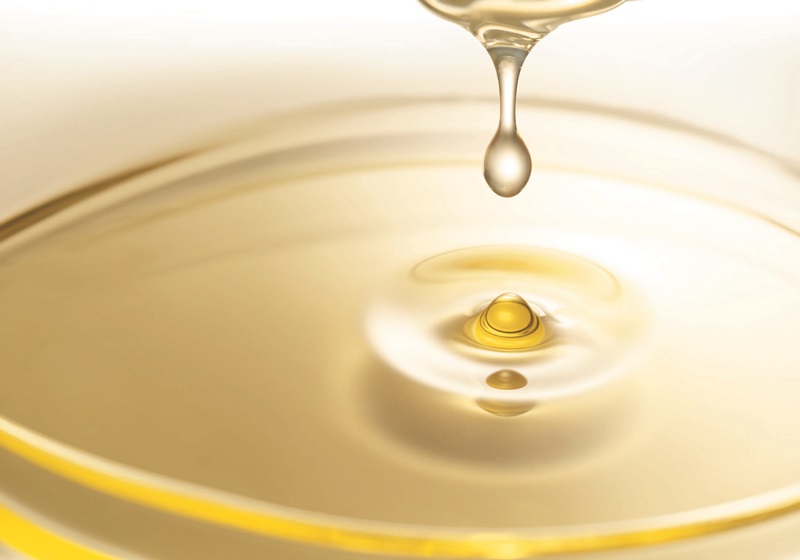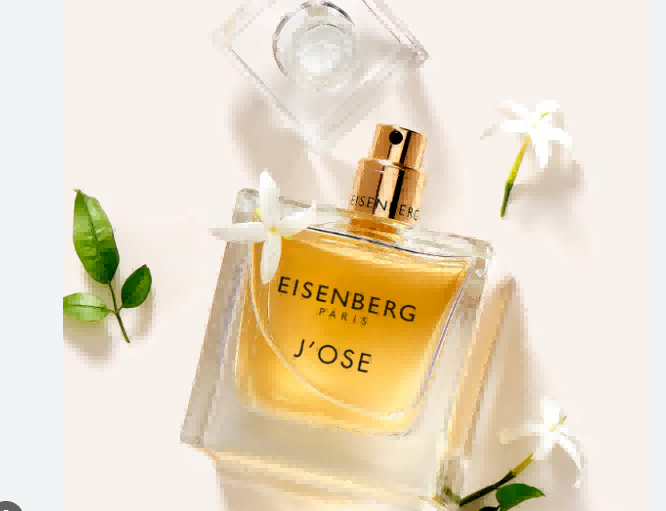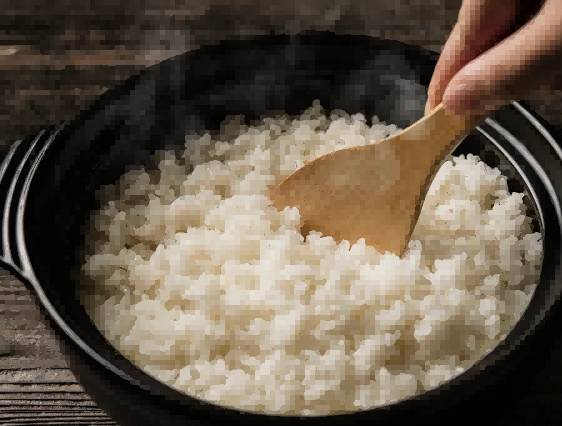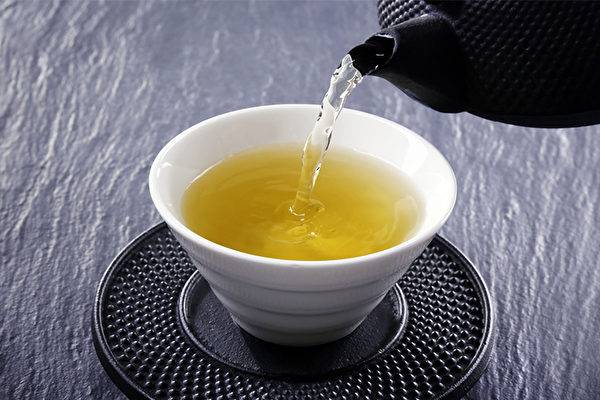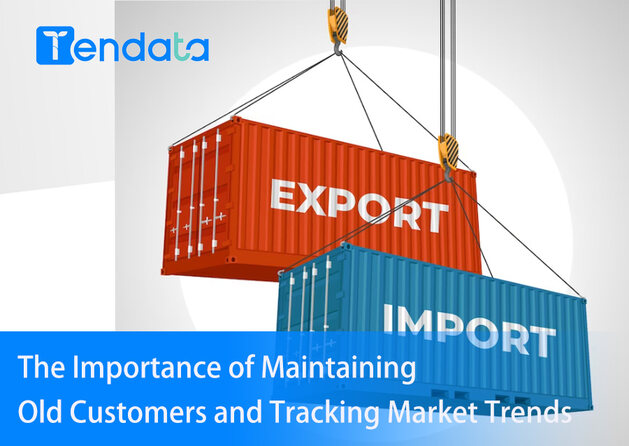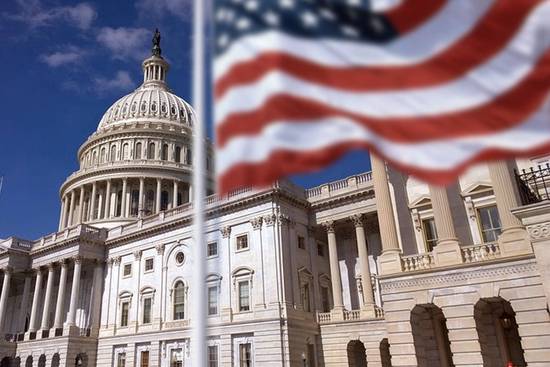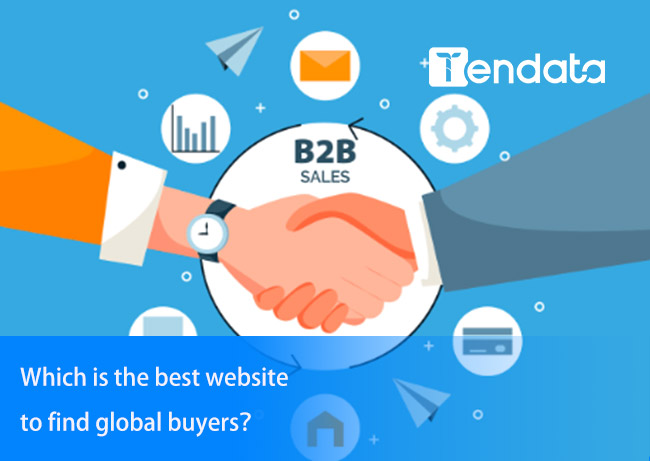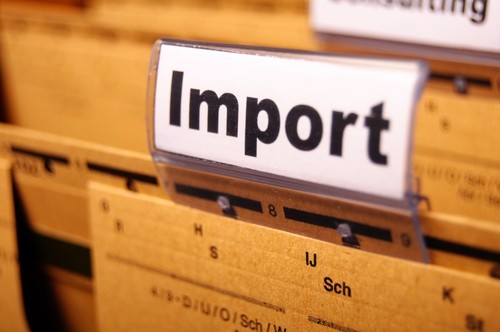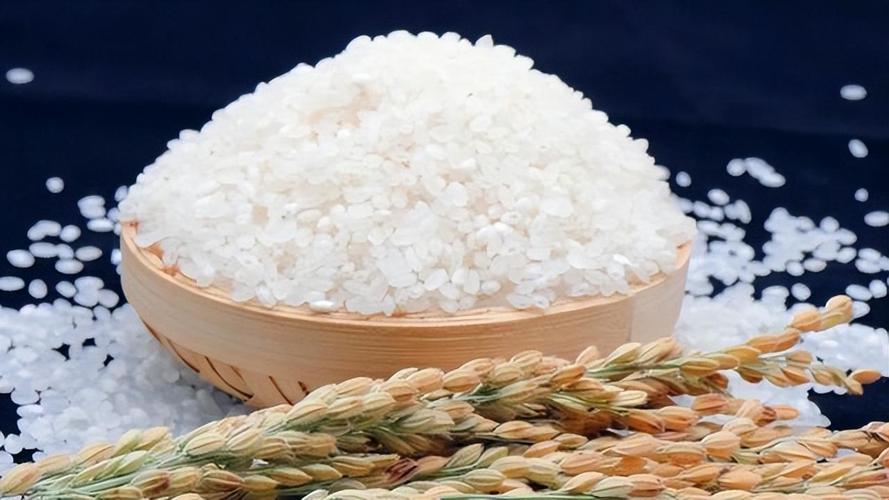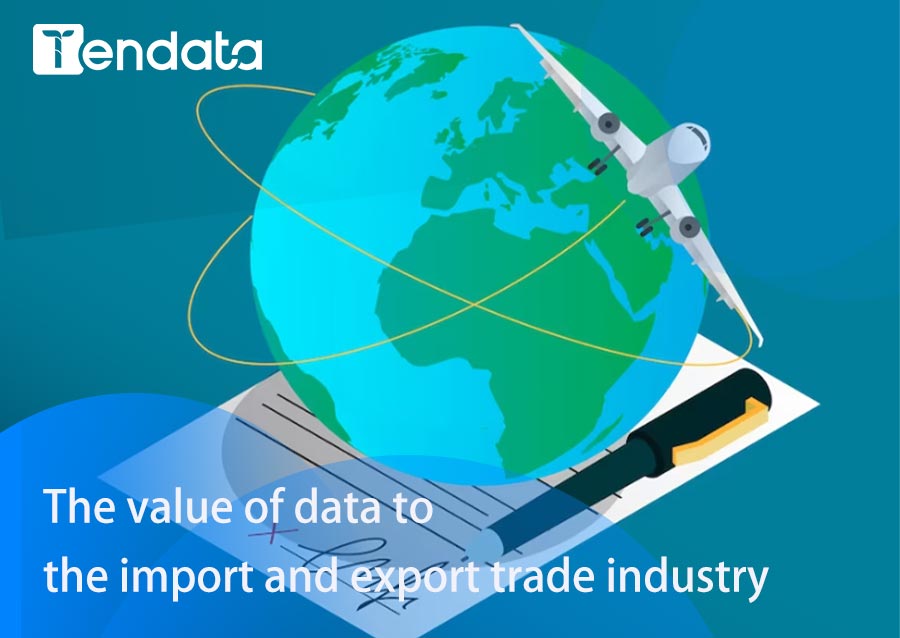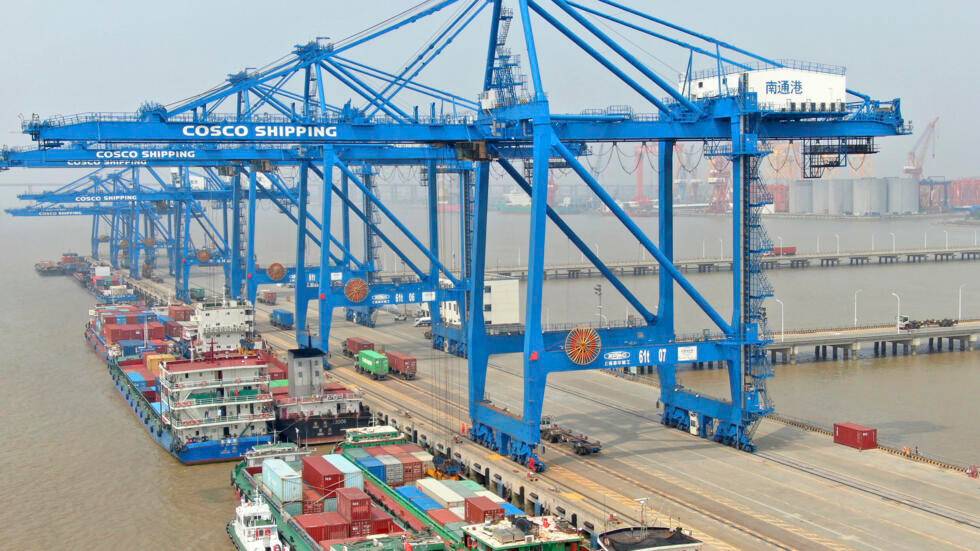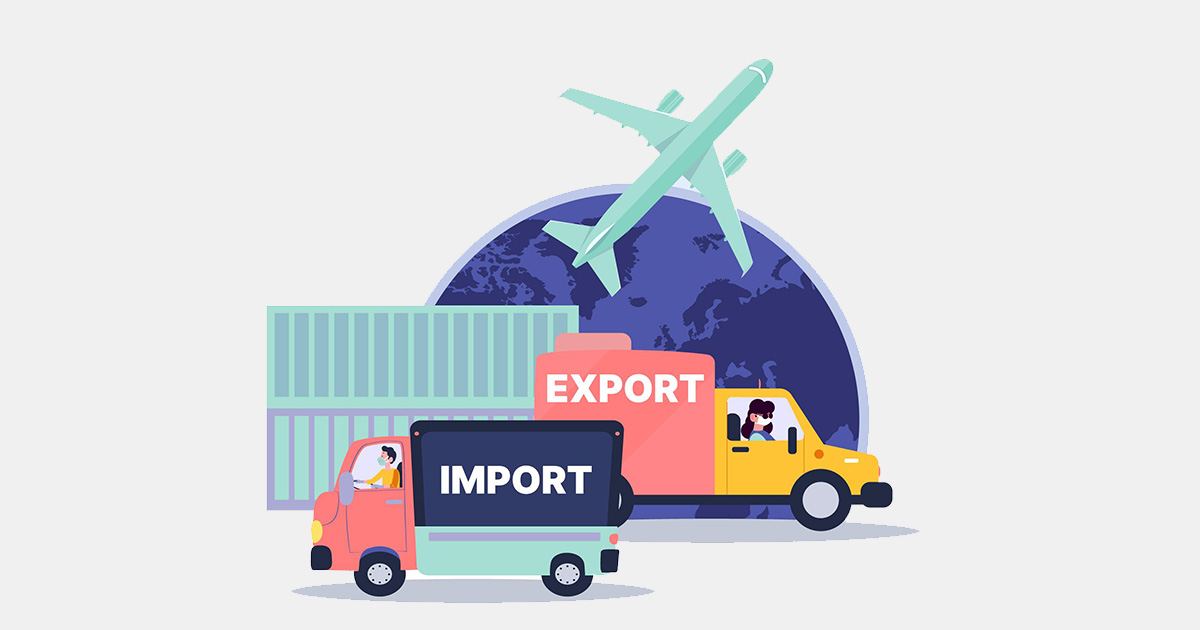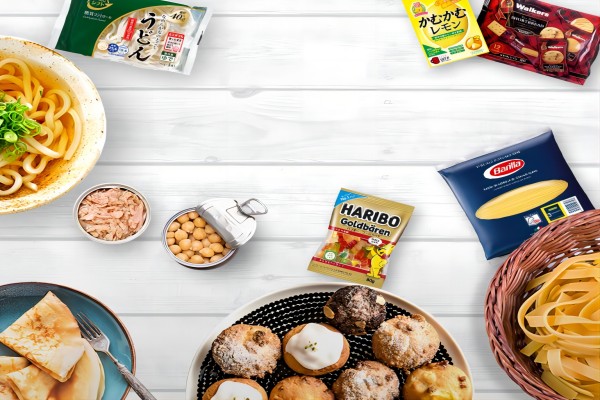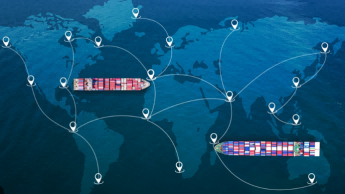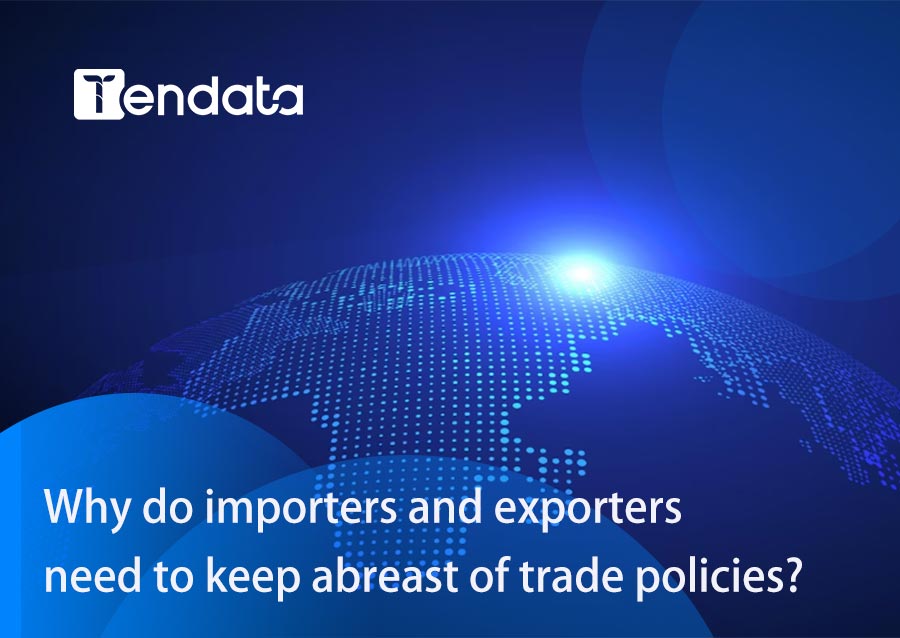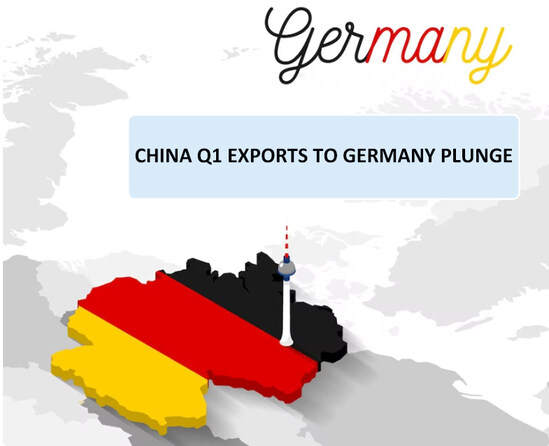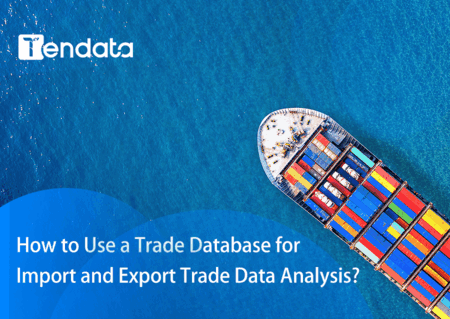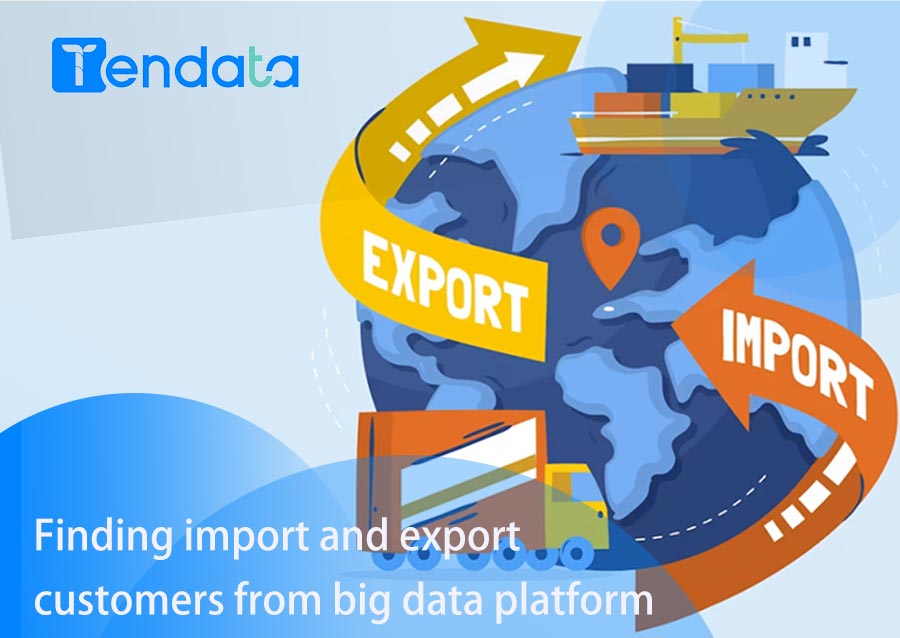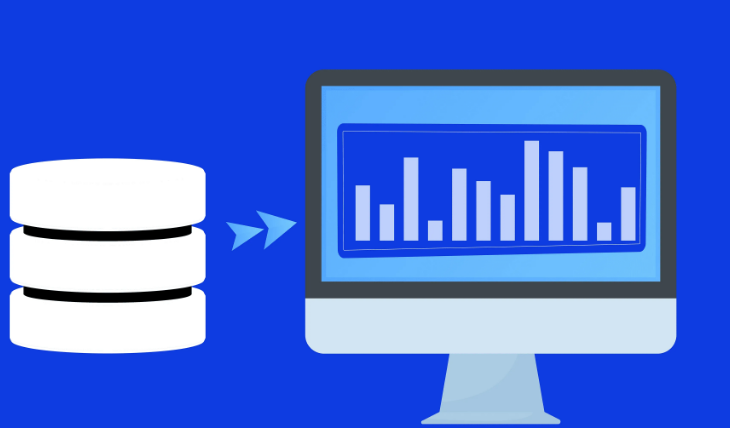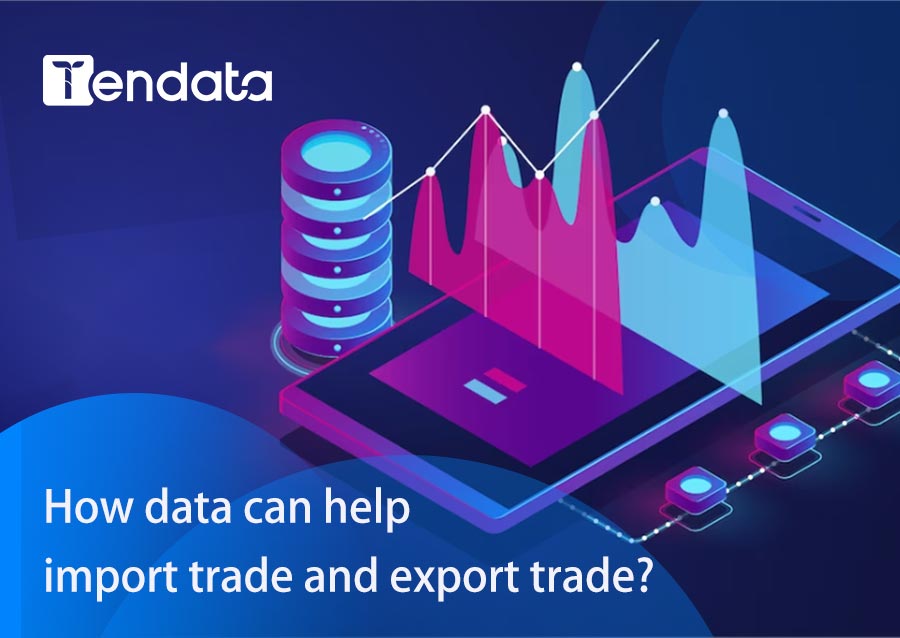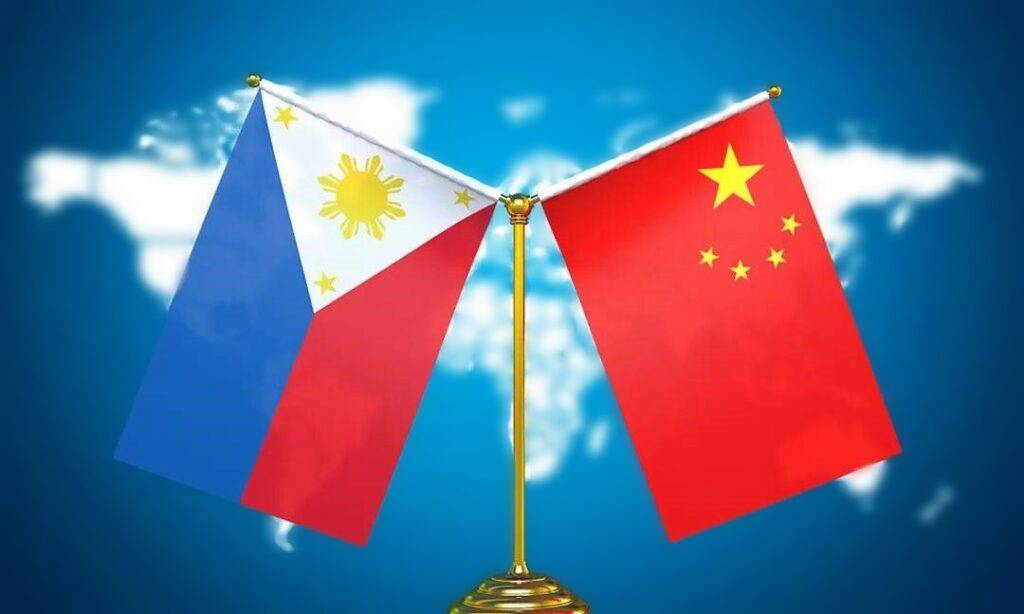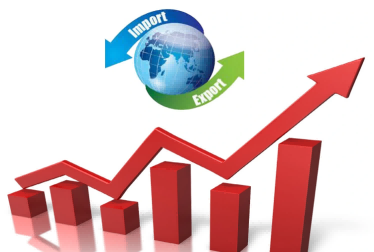 Trade Trends News
Trade Trends News
 2025-05-28
2025-05-28
·The U.S. accounts for over half of global polished diamond demand, yet diamond imports into the country are subject to a 10% base tariff.
·As tariff uncertainty looms, the luxury industry faces a slowdown triggered by post-pandemic fatigue and a cooling Chinese economy.
·“It's clear the global diamond industry is facing a tough challenge,” the CEO of the Antwerp World Diamond Centre told CNBC.
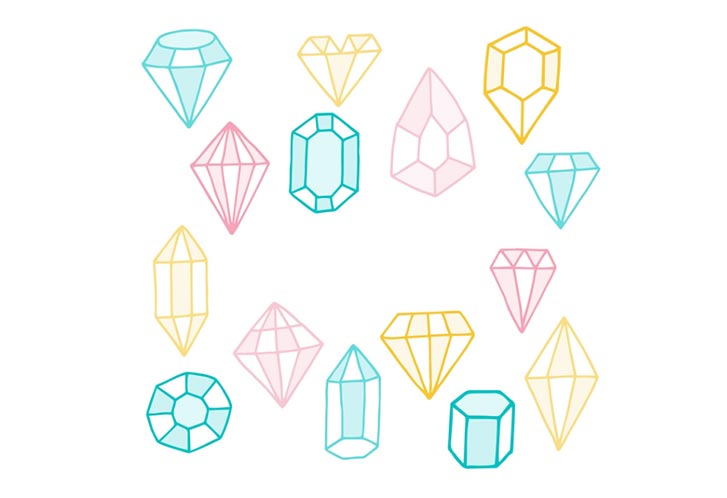
Diamonds may be forged from the hardest material on Earth, but their intricate supply chain and high cost make them especially vulnerable to aggressive tariff policies like those under former U.S. President Donald Trump.
With the U.S. representing over half of global polished diamond demand, the precious mineral now faces a 10% import tariff. If no new agreement is reached when Trump's 90-day trade truce expires, the diamond industry could be hit with even steeper tariffs.
Karen Rentmeesters, CEO of the Antwerp World Diamond Centre, told CNBC, “It's clear the global diamond industry is facing a perfect storm of challenges,” adding that tariffs are just “the latest blow.”
Diamonds often cross multiple borders before they reach store shelves—from mines in Botswana or South Africa to trade hubs in the Middle East or Europe, to polishing centers, and finally to jewelry manufacturers. This complexity leaves the industry extremely sensitive to trade disruptions.
While raw materials like gold and copper are excluded from U.S. tariffs, industry leaders are lobbying for diamonds to receive the same treatment.
“You could argue that rough diamonds are a raw material,” said Rentmeesters, who leads the 580-year-old institution representing over 1,400 companies in Antwerp's diamond district. “You don't walk around holding a polished diamond. You wear it in jewelry—a ring, a pair of earrings.”
Tariff uncertainty comes at a time when the luxury industry is already slowing, squeezed between the post-COVID boom and an economic downturn in China.
Lab-Grown Diamonds Signal a Lasting Shift
Yet the greatest disruption to the industry comes from lab-grown diamonds (LGDs). These stones are chemically identical to mined diamonds and indistinguishable to the naked eye—but cost up to 80% less. Consumers are increasingly drawn to the lower prices.
According to The Knot's 2025 Real Weddings Study, which surveyed nearly 17,000 couples, more than half of U.S. respondents said their engagement rings featured a lab-grown diamond last year.
2021 marked a turning point when global jewelry giant Pandora became the first major brand to stop selling mined diamonds entirely.
“About 18 months ago, lab-grown diamonds in the U.S. overtook natural diamonds in volume,” Pandora CEO Alexander Lacik told CNBC. “If there was ever any doubt about the shift underway, it's been crystal clear since then—and the trend keeps growing.”
“With the value proposition of lab-grown diamonds, we can actually offer diamonds to more people. So the total volume of diamonds may not decline. We might just be expanding the market,” he added.
Due to macroeconomic pressures and LGD competition, prices for mined diamonds have fallen nearly 60% since their peak in March 2022.
Tariff Tensions Meet a Market Turning Point
Still, some analysts believe the market is nearing an equilibrium between LGDs and natural diamonds. “The question is, how low can prices go before consumers truly see a difference between the two?” said independent diamond analyst Paul Zimnisky.
“We're finally reaching a point where you can buy a three-, four-, or even five-carat diamond—which would be considered huge for an engagement ring—for a few thousand dollars if it's lab-grown. The same size in a natural diamond would cost hundreds of thousands. That price gap definitely creates separation,” he added.
Faced with these headwinds, some major players are rethinking their strategies.
De Beers, the diamond industry titan, noted signs of U.S. demand recovery ahead of the holidays and looming tariff risks. Instead of investing further into the booming LGD market, the company is doubling down on natural diamonds.
De Beers recently announced the closure of its lab-grown jewelry brand Lightbox to strengthen its “commitment to natural diamonds in jewelry.”
“The continued decline in lab-grown diamond values highlights the growing divide between these factory-made products and natural diamonds,” said CEO Al Cook in a company statement.
The closure aligns with De Beers' strategy, outlined in May last year, to “focus on high-return activities and streamline operations.”
The move also comes as parent company Anglo American seeks to spin off De Beers and attract potential buyers.
Despite broader softness in the luxury market, jewelry—particularly high-end pieces—remains a bright spot. These items are less cyclical and continue to appeal to ultra-wealthy consumers.
Earlier this month, Richemont's jewelry division—which includes Cartier, Van Cleef & Arpels, and Buccellati—reported double-digit sales growth, exceeding expectations.
Analysts stress that the future of mining hinges on storytelling: “You have to remember that buying a diamond is an emotional purchase, not a practical one. People love the story behind the stone,” Zimnisky said.
“I just think the industry needs to give consumers the confidence they're looking for. If they're spending more on a natural diamond, they need to be sure it's the real thing. That should be the industry's top priority right now.”
Tendata can help you quickly acquire a large number of potential customers, and also understand the key information of target customers such as purchase frequency, purchase volume, purchase cycle, etc., and analyze the purchase habits and actual needs of potential customers.
On the basis of analyzing and evaluating your own products, you also need to study the products of your competitors. Through comparison and analysis, find out the advantages and disadvantages of your own products and find the market gap, so that you can better understand the dynamics and changes of the market.
Tendata not only has powerful analysis functions, but also comes with a contact database. With just one click, you can view the detailed information of key decision makers such as purchasers and executives, including their emails, LinkedIn and Facebook social accounts. What's more convenient is that the platform also directly links to the world's mainstream social media platforms such as LinkedIn, providing a convenient channel for companies to quickly establish contact with target objects.
>>Request A Free Demo from Tendata<<
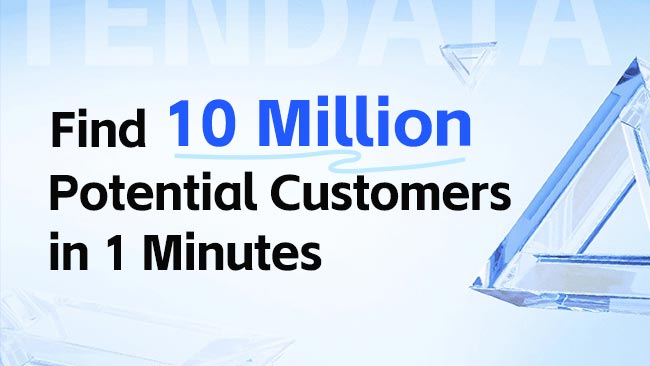
Category
Leave Message for Demo Request or Questions


 T-info
T-info T-discovery
T-discovery

 My
Tendata
My
Tendata Market Analysis
Market Analysis Customer
Development
Customer
Development Competitor
Monitoring
Competitor
Monitoring Customer Relationship
Customer Relationship









